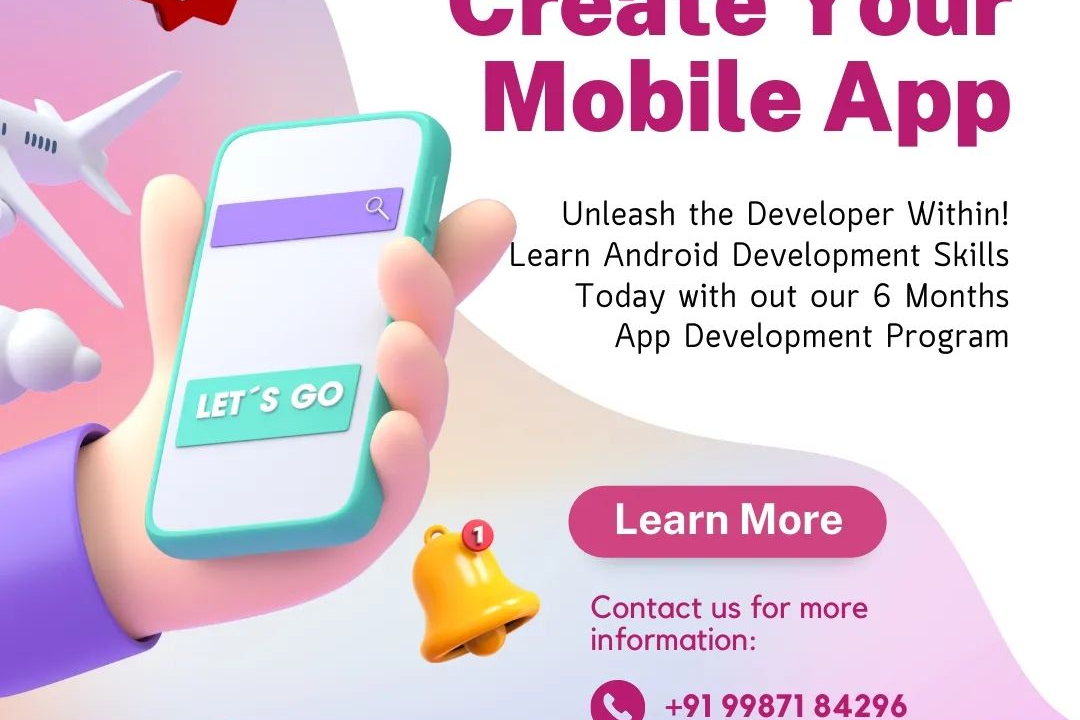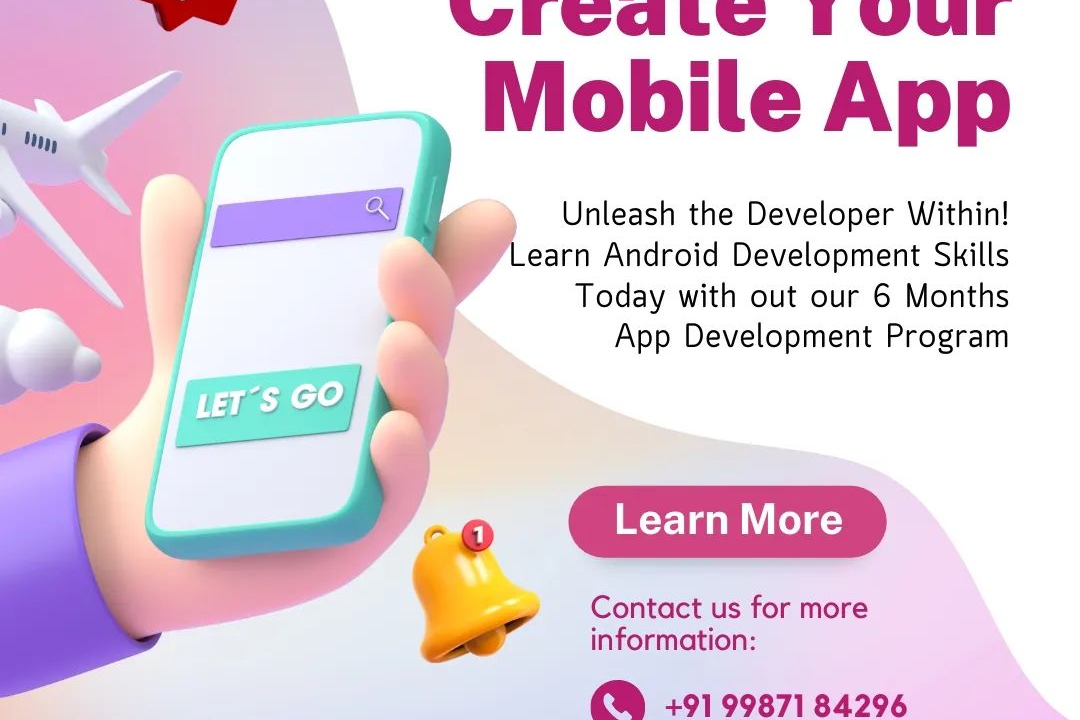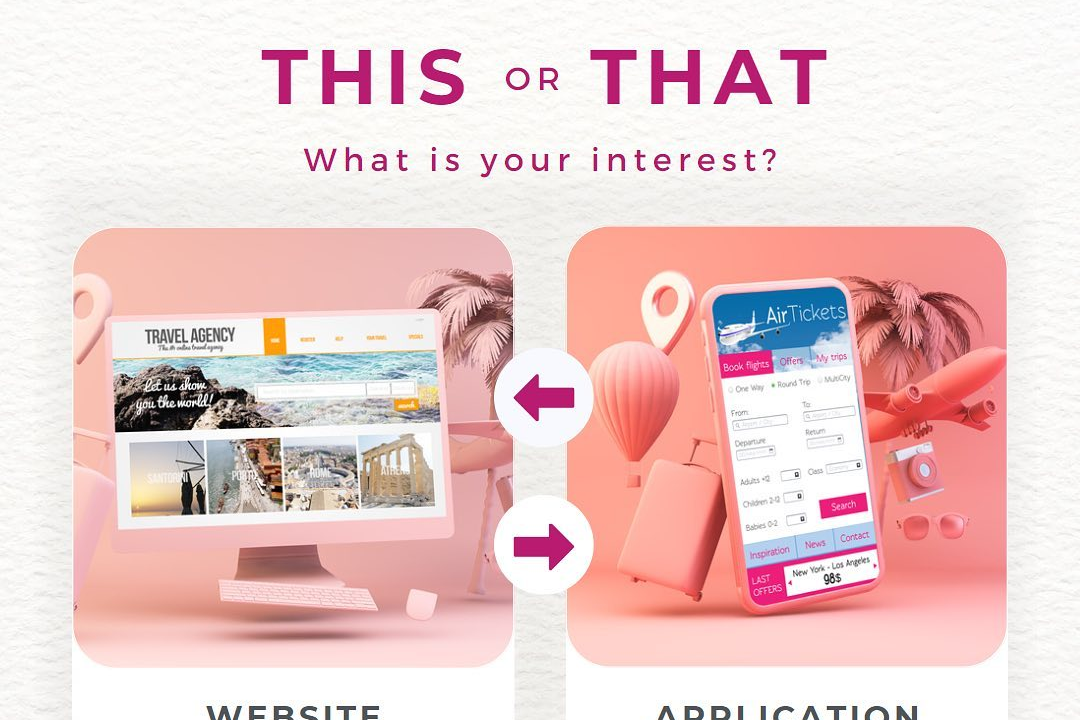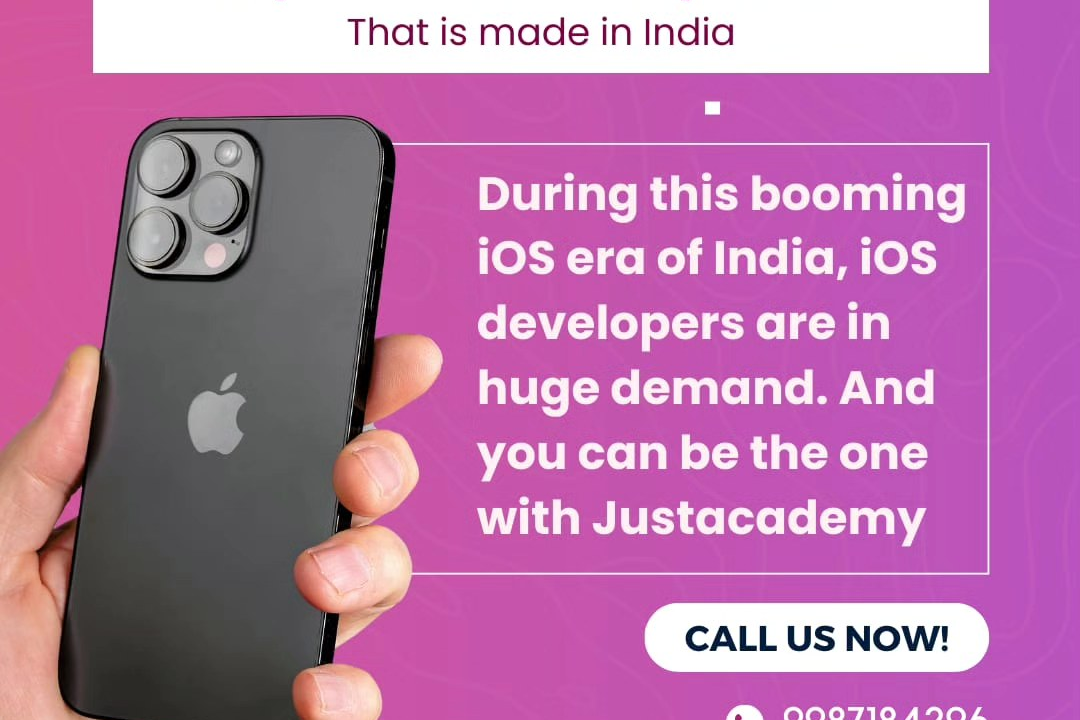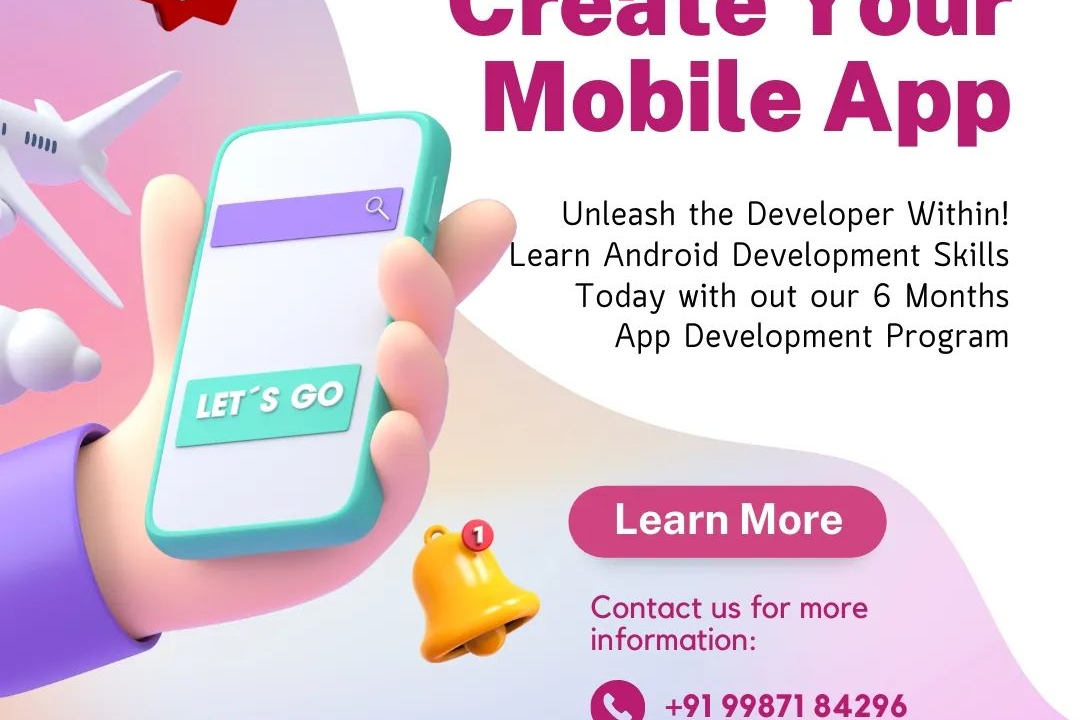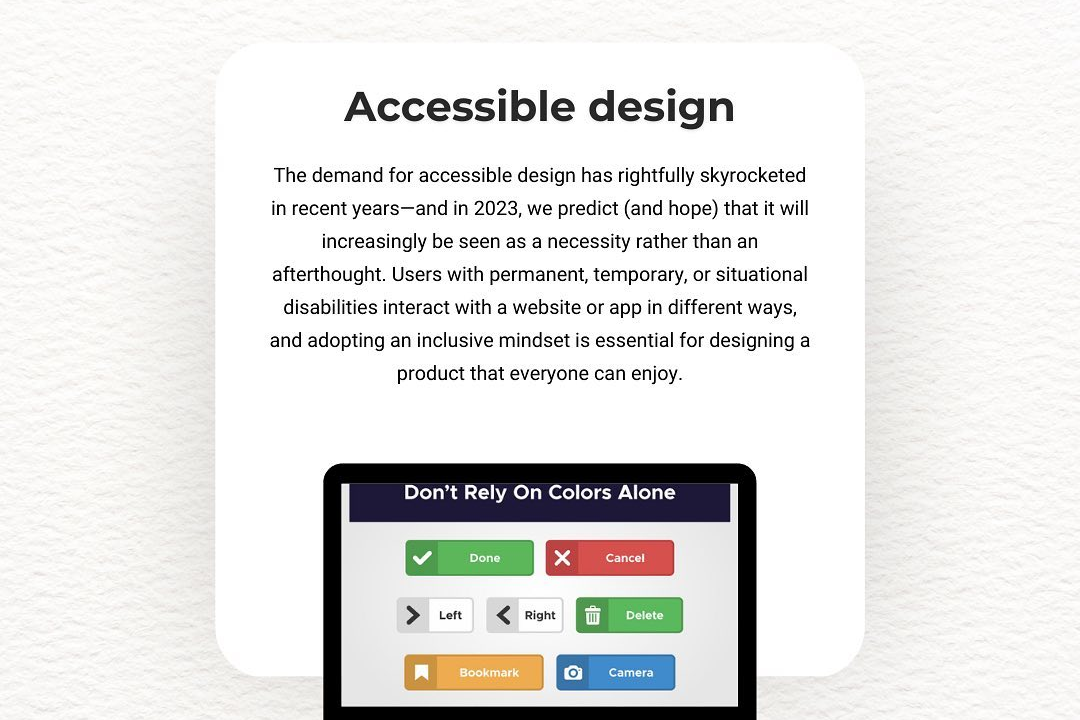Portfolio Development
Enhancing Your Career: Strategies for Effective Portfolio Development
Portfolio Development
Portfolio development is a critical aspect of professional growth that showcases an individual's skills, experiences, and accomplishments in a tangible format. It serves as a curated collection of work, demonstrating expertise and practical applications of knowledge in real-world scenarios. By including various projects, certifications, and case studies, a well-crafted portfolio enables professionals to illustrate their competencies to potential employers or clients, making it a powerful tool for career advancement. Furthermore, it fosters self-reflection, allowing individuals to assess their progress, identify areas for improvement, and align their goals with industry standards. In today's competitive job market, having a compelling portfolio can significantly enhance one's chances of standing out and securing desired opportunities.
To Download Our Brochure: https://www.justacademy.co/download-brochure-for-free
Message us for more information: +91 9987184296
1 - Definition: Portfolio development involves creating a comprehensive collection of work that showcases an individual's skills and experiences.
2) Purpose: The primary aim is to demonstrate one’s competencies and real world applications of knowledge to potential employers.
3) Components: A portfolio typically includes projects, case studies, certifications, and relevant work samples.
4) Customization: Portfolios should be tailored to specific industries or career paths to highlight the most relevant skills.
5) Visual Appeal: A well designed portfolio enhances engagement, making it easier for viewers to navigate through the content.
6) Organization: Clear organization of components is essential for effectively presenting information and making a strong impression.
7) Real Time Projects: Including real time projects showcases practical experience, enhancing credibility and relatability.
8) Online Formats: Digital portfolios are increasingly popular, allowing for easy sharing and accessibility.
9) Self Reflection: The process of portfolio development encourages self assessment and personal growth by identifying strengths and weaknesses.
10) Feedback Opportunities: Sharing portfolios with peers or mentors can provide valuable insights and constructive criticism for improvement.
11 - Networking Tool: A portfolio serves as a networking tool, enabling professionals to share their work during interviews or networking events.
12) Competitive Advantage: A strong portfolio can set candidates apart in a saturated job market, increasing their attractiveness to employers.
13) Skill Showcase: Portfolios allow individuals to effectively exhibit their soft and hard skills in action.
14) Continuous Update: It’s important to regularly update a portfolio to reflect new experiences, projects, and certifications.
15) Career Progression: A well maintained portfolio can aid in career advancement by helping professionals articulate their journey and aspirations clearly.
Here are additional points to consider for portfolio development:
16) Storytelling Element: A portfolio can tell a compelling story about one’s career journey, helping potential employers understand the context behind the showcased work.
17) Diversity of Work: Including a range of projects from different domains or skill sets highlights versatility and adaptability, appealing to a broader audience.
18) Technical Skills: Clearly displaying technical skills, such as coding languages or design software proficiency, can enhance marketability in tech driven fields.
19) Soft Skills Emphasis: Incorporating examples that demonstrate interpersonal skills, leadership, and teamwork can provide a holistic view of a candidate’s abilities.
20) Problem Solving Showcase: Highlighting how challenges were approached and solved in real projects shows critical thinking and innovation.
21 - Client Testimonials: Including feedback from clients or collaborators can lend credibility to the work presented in the portfolio.
22) Professional Branding: A portfolio acts as a personal branding tool, allowing individuals to create a cohesive professional image.
23) Keeping it Relevant: Ensuring that all content in the portfolio is relevant to the desired career path keeps it focused and impactful.
24) Utilization of Multimedia: Leveraging videos, images, and presentations can make portfolios more engaging and illustrate work more effectively.
25) Outcomes and Results: Highlighting the impact of projects, such as measurable outcomes or significant achievements, adds value to the displayed work.
26) Continuous Learning Reflection: Including sections that reflect on learning experiences or skills acquired through projects demonstrates a commitment to professional growth.
27) Project Documentation: For real time projects, thorough documentation of the process involved can help potential employers appreciate the depth of involvement and thought.
28) Accessibility Considerations: Ensuring that portfolios are accessible for all viewers, including those with disabilities, enhances inclusivity and broadens audience reach.
29) Social Media Integration: Linking to professional social media profiles can complement the portfolio by allowing further exploration of the individual’s work and network.
30) Call to Action: Including a clear call to action, such as contact information or next steps, encourages potential employers to engage further with the candidate.
31 - Cross Platform Compatibility: Ensuring that the digital portfolio is compatible with various devices and browsers improves accessibility and user experience.
32) Analysis Reflections: Incorporating reflections on past projects can show growth and depth of understanding in the field.
33) Industry Trends: Demonstrating awareness of current industry trends through portfolio projects can show that the individual is up to date and proactive in their professional development.
34) Professional Development: Including workshops, seminars, and online courses taken can showcase commitment to continuous learning and skill enhancement.
35) Networking Projects: Highlighting collaborative projects can depict the ability to work well in a team dynamic, an essential trait in many professional settings.
These additional points will help create more comprehensive and engaging portfolios that effectively demonstrate one’s qualifications and expertise.
Course Overview
The “Portfolio Development” course at JustAcademy is designed to equip participants with the essential skills and knowledge to create a professional and impactful portfolio showcasing their work, abilities, and personal brand. Through a blend of theoretical insights and practical applications, students will learn how to select and present their projects, incorporate personal branding elements, and effectively utilize multimedia tools to engage audiences. The course emphasizes the importance of storytelling in portfolio creation, helping learners articulate their experiences and achievements while demonstrating critical thinking and problem-solving skills. By the end of the course, participants will have a polished portfolio ready to impress potential employers and highlight their unique career journey.
Course Description
The “Portfolio Development” course at JustAcademy focuses on empowering participants to create a compelling and professional portfolio that effectively showcases their skills, projects, and personal brand. This course covers essential strategies for selecting and presenting work, utilizing multimedia tools, and crafting a cohesive narrative that highlights individual strengths and experiences. Through practical assignments and expert guidance, learners will develop a polished portfolio that stands out to potential employers, demonstrating their capabilities and creativity in a competitive job market. This course is ideal for anyone looking to elevate their career prospects through a captivating presentation of their professional journey.
Key Features
1 - Comprehensive Tool Coverage: Provides hands-on training with a range of industry-standard testing tools, including Selenium, JIRA, LoadRunner, and TestRail.
2) Practical Exercises: Features real-world exercises and case studies to apply tools in various testing scenarios.
3) Interactive Learning: Includes interactive sessions with industry experts for personalized feedback and guidance.
4) Detailed Tutorials: Offers extensive tutorials and documentation on tool functionalities and best practices.
5) Advanced Techniques: Covers both fundamental and advanced techniques for using testing tools effectively.
6) Data Visualization: Integrates tools for visualizing test metrics and results, enhancing data interpretation and decision-making.
7) Tool Integration: Teaches how to integrate testing tools into the software development lifecycle for streamlined workflows.
8) Project-Based Learning: Focuses on project-based learning to build practical skills and create a portfolio of completed tasks.
9) Career Support: Provides resources and support for applying learned skills to real-world job scenarios, including resume building and interview preparation.
10) Up-to-Date Content: Ensures that course materials reflect the latest industry standards and tool updates.
Benefits of taking our course
Functional Tools
1 - Canva
Canva is a user friendly graphic design tool that enables students to create visually appealing portfolio layouts. With its extensive library of templates, images, and fonts, students can design customized portfolios that reflect their personal style and professional brand. The drag and drop interface makes it easy for beginners to experiment with different designs and create professional looking presentations without needing advanced design skills. Canva also allows for collaborative work, where students can invite peers or mentors to review their designs, promoting constructive feedback.
2) Adobe Creative Cloud
Adobe Creative Cloud offers a suite of professional design and media applications such as Photoshop, Illustrator, and InDesign. These tools provide students with advanced features to create high quality graphics, illustrations, and layouts for their portfolios. Learning to use these industry standard applications equips students with valuable skills that are highly sought after in fields like graphic design, marketing, and multimedia production. The course includes hands on projects that enable students to harness the full potential of these tools, showcasing their creativity and technical skills.
3) WordPress
WordPress is a widely used content management system that allows students to create dynamic online portfolios. The platform provides a range of customizable themes and plugins designed to enhance user experience and functionality. Students will learn how to set up a professional website, effectively display their work, and optimize it for search engines. WordPress also enables easy updates and maintenance, ensuring that students can keep their portfolios current and relevant as they progress in their careers.
4) GitHub
GitHub is an essential platform for students in tech and development fields to showcase their coding projects and collaborative work. The course guides participants in using GitHub to version control their projects and to document their contributions effectively. By hosting their code and projects on GitHub, students can demonstrate their technical skills to potential employers, as well as provide evidence of their ability to work on real world projects. The experience gained from using GitHub will enhance their employability and familiarity with industry best practices.
5) LinkedIn
LinkedIn is crucial for professional networking and getting noticed by employers. The course emphasizes building a strong LinkedIn profile that complements students' portfolios. They will learn how to showcase their projects, skills, and experiences effectively, as well as how to engage with industry professionals. Understanding how to leverage LinkedIn not only showcases their work but also helps in expanding their professional network, which can lead to job opportunities.
6) Google Slides
Google Slides serves as a collaborative platform for creating presentations of portfolios. Students can work together on projects, sharing ideas and feedback in real time. The ease of access allows for seamless integration with other Google tools, making it simple to include documents, images, and videos in their presentations. Using Google Slides effectively enables students to create engaging presentations that can be shared easily with potential employers during interviews or networking events. This functionality fosters teamwork and enhances communication skills, preparing students for the collaborative nature of most workplaces.
7) Behance
Behance is an online platform that allows creatives to showcase their work and get discovered by potential clients and employers. In this course, students will learn how to effectively build a professional portfolio on Behance, highlighting their projects, skills, and creative process. The platform offers networking opportunities within a global community of artists and designers, allowing students to gain feedback and inspiration from peers. This exposure can help students enhance their visibility in the industry and leverage connections for future opportunities.
8) Dribbble
Dribbble is another popular platform specifically designed for designers to showcase their work. Students can utilize Dribbble to build a unique portfolio that emphasizes their design skills and craftsmanship. The course will cover how to create engaging shots and project descriptions that attract attention and communicate skills effectively. Additionally, the platform serves as a space for designers to connect with potential collaborators and clients, helping students cultivate their personal brand in the design community.
9) Adobe Portfolio
Adobe Portfolio is a part of the Adobe Creative Cloud suite and allows users to quickly and easily create a personalized portfolio website. Students will learn how to set up their portfolio using pre designed templates, making it simple to showcase their work across various media, including images, videos, and animations. This course emphasizes how to organize projects effectively to highlight their best work, making it easier for potential employers to assess their skills.
10) Pinterest
While primarily known as a social media platform for inspiration, Pinterest can also serve as a valuable tool for portfolio development. This course will show students how to leverage Pinterest to curate mood boards, gather inspiration for their projects, and organize their ideas visually. Students can use Pinterest to connect with trends in their industry and discover new ways to present their portfolios. By using Pinterest effectively, students can cultivate their creative thinking and broaden their artistic horizons.
11 - Google Drive
Google Drive is an essential tool for storing and sharing portfolio documents, designs, and projects securely. Students will learn how to use Google Drive to organize their work, ensuring easy access and collaboration with peers. The course will cover how to share documents with potential employers and how to utilize features such as commenting and version history. This valuable skill demonstrates an understanding of digital organization, enhancing professionalism when presenting portfolios.
12) Skillshare
Skillshare is an online learning platform offering various courses in design, technology, photography, and more. Students can use Skillshare to further develop their skills and knowledge in areas relevant to their portfolios. This course will discuss how to select suitable Skillshare classes to enhance specific areas of expertise, enabling students to continuously improve their work and adapt to changing industry demands.
13) Creative Market
Creative Market is a platform where designers can find and sell design assets, such as templates, graphics, and fonts. In this course segment, students will learn how to find resources that can enhance their portfolio presentations. They will also explore how to create custom assets for their projects using elements available on Creative Market, adding a unique touch to their work, which can help them stand out to employers.
14) Figma
Figma is a powerful collaborative design tool favored by web and UI/UX designers. Students in this course will learn how to use Figma to create interactive prototypes and user interface designs that can be included in their portfolios. The real time collaboration feature helps students work with teammates, receive instant feedback, and iterate quickly, emphasizing the importance of teamwork in the design process.
15) Notion
Notion is a versatile tool for organizing projects, notes, and portfolio content. This course will guide students on how to create a structured portfolio within Notion, showcasing their projects, skills, and experiences in a clean and interactive format. Notion's flexibility allows students to incorporate multimedia elements, timelines, and task boards, making it an innovative way to present their work to potential employers.
Browse our course links : https://www.justacademy.co/all-courses
To Join our FREE DEMO Session: Click Here
This information is sourced from JustAcademy
Contact Info:
Roshan Chaturvedi
Message us on Whatsapp: +91 9987184296
Email id: info@justacademy.co
Ios Developer Advanced Interview Questions

